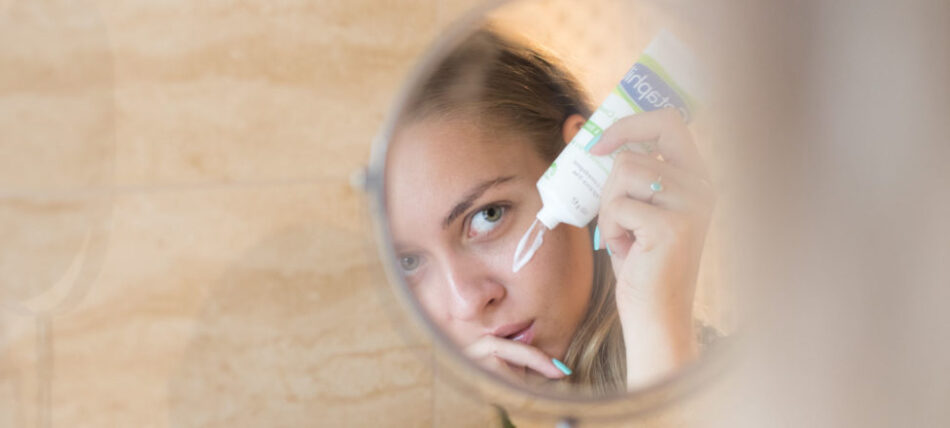Skin Protection

So spring has finally sprung, and we are all looking forward to the longer days and warmer weather; but with summer just around the corner it is a good time to think about skin protection from the UV radiation.
Summer in Australia is a very dangerous time in the development of skin cancer, and in spring we see the UV index steadily rising. General practitioners play a critical role in educating our patients about safe sun exposure. Encourage your patients to download the free SunSmart App, designed by the cancer council of Australia. It works on any smart phone, and gives up to date year round sun protection guidelines based on location. And remember that >75% of melanomas arise from new lesions. How confident do you feel in clinical practice assessing skin lesions that patients present concerned about, or performing full skin checks?
What about those patients who are, or at risk of, Vitamin D deficiency and are worried about the balance between safe sun exposure and maintaining adequate Vitamin D levels throughout the warmer months? It is important to reassure these patients that studies have shown that the regular use of sunscreen does not influence an individuals Vitamin D level, and that sun protection is recommended when the UV index is 3 or above. Vitamin D is essential for strong bone, muscles and general health. The Australian Bureau of Statistics has reported that 25% of the adult population in Australia are Vitamin D deficient. Population screening for Vitamin D deficiency is not recommended, but being aware of those patients at risk of deficiency is another important role we play as health care professionals.
In general terms people who are at increased risk of low vitamin D include:
1. People with naturally very dark skin – melanin acts as a filter to UVB (ultraviolet B) radiation and reduces the amount of vitamin D that the body makes in the skin.
2. People with little or no sun exposure – Some groups of people are at particular risk of receiving little or no sun exposure. They include:
Older adults – especially people who are frail, in medium-to-long-term residential or aged care, and housebound people
People who wear covering clothing for religious and cultural reasons
People who deliberately avoid sun exposure for cosmetic or health reasons
People at high risk of skin cancers and who therefore avoid exposure to the sun
People hospitalised or institutionalised for long periods
People with a disability or chronic disease
People in occupations with little sun exposure, such as office workers, taxi drivers, factory workers or night-shift workers.
3. Breastfed babies with other risk factors for low vitamin D – breastfed babies who fall into the risk categories above or have mothers with low vitamin D. Infants get their initial store of vitamin D from their mothers. While infant formula is fortified with vitamin D, breast milk contains very little. Therefore, breastfed infants rely more heavily on their mothers’ initial stores. If the mother of a breastfed baby has low vitamin D (or had low vitamin D during pregnancy) then her baby is also at risk of low vitamin D.
4. People with medical conditions or medications affecting vitamin D metabolism, including:
Obesity
End-stage liver disease
Kidney disease
Conditions that cause fat malabsorption
(such as cystic fibrosis, coeliac disease and inflammatory bowel disease)
Use of some drugs that increase the breakdown of vitamin D
(such as rifampicin and some anticonvulsants)
References
Cancer Council Australia. Sun Safety: Vitamin D. 2017
http://www.cancer.org.au/preventing-cancer/sun-protection/vitamin-d/ (accessed September 2017)